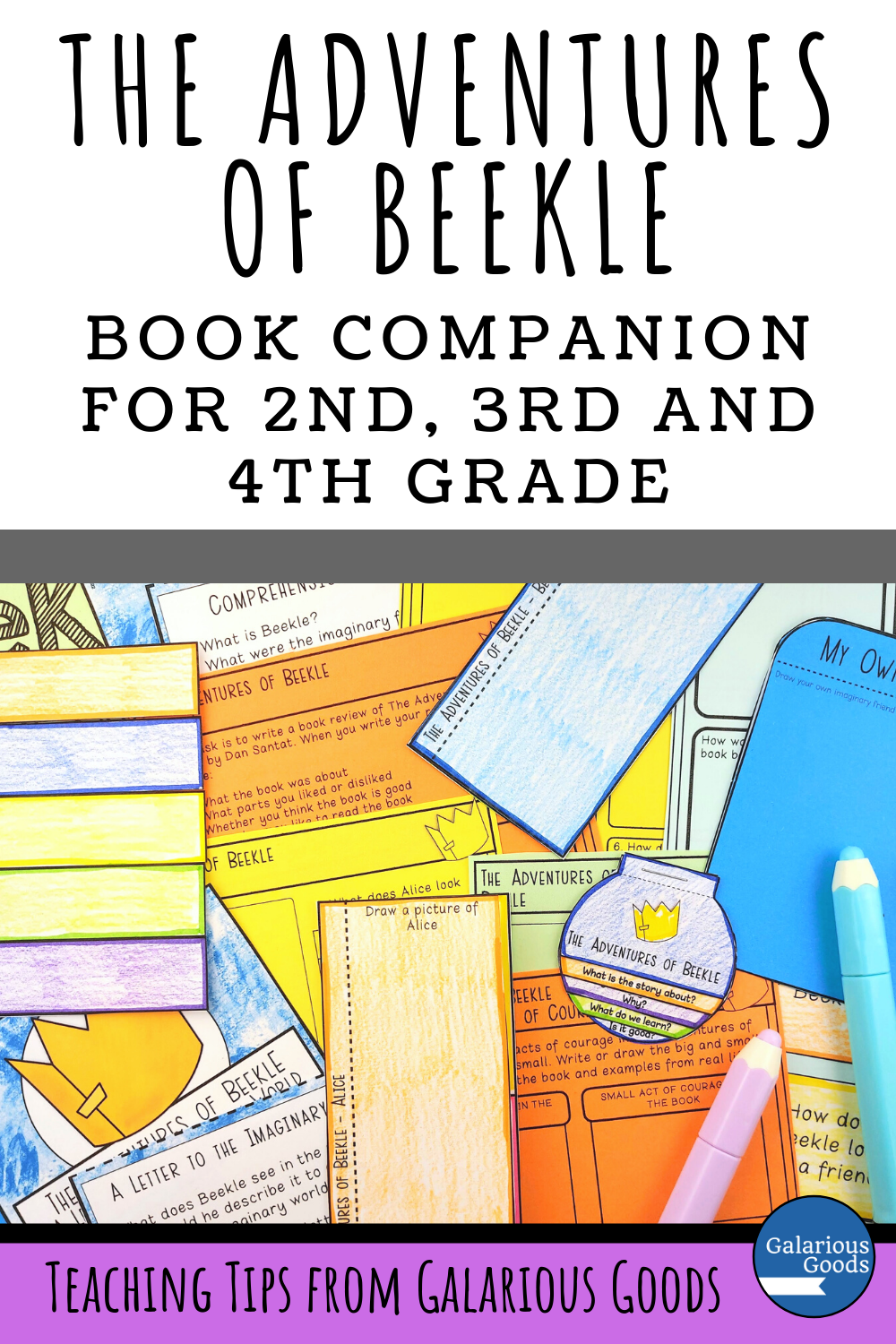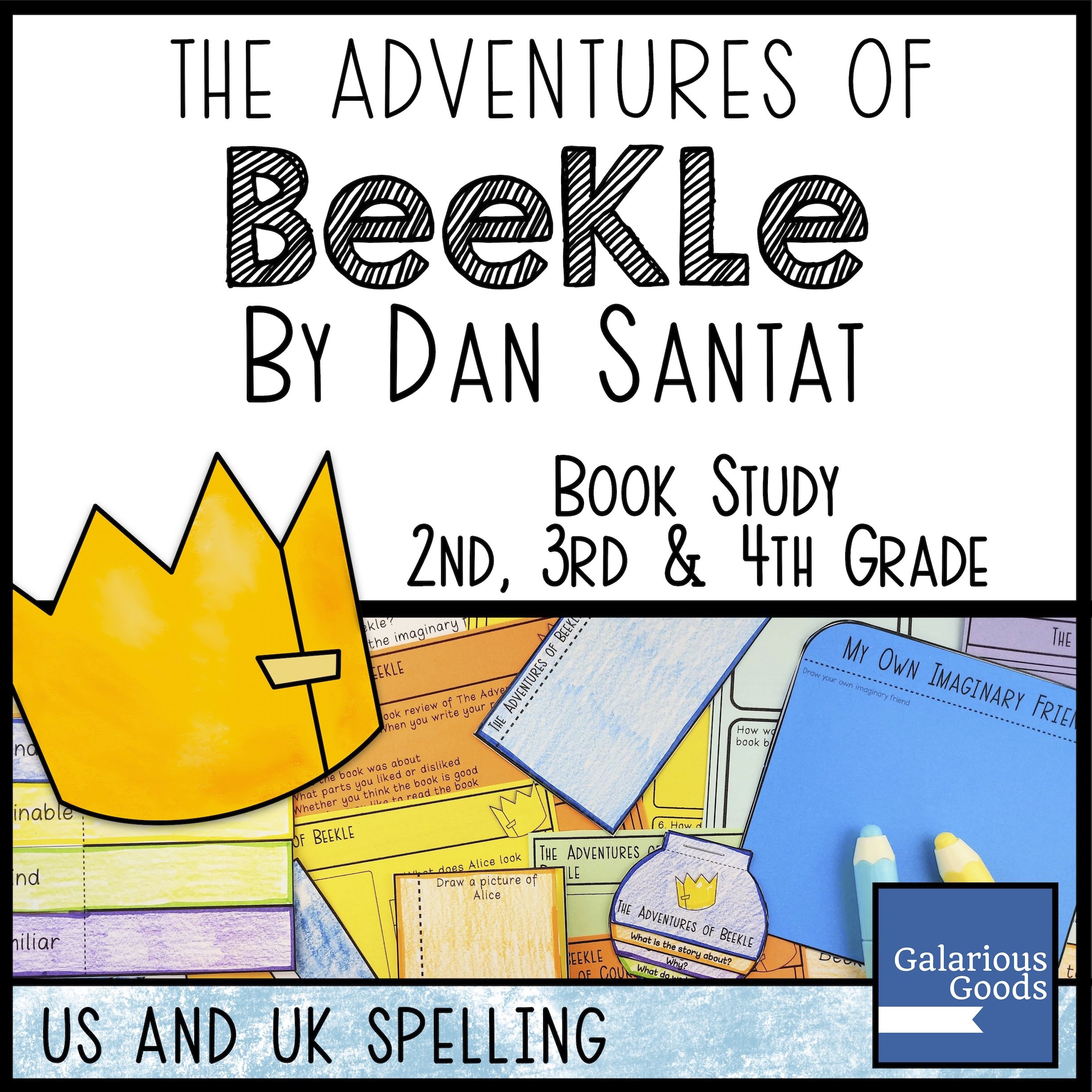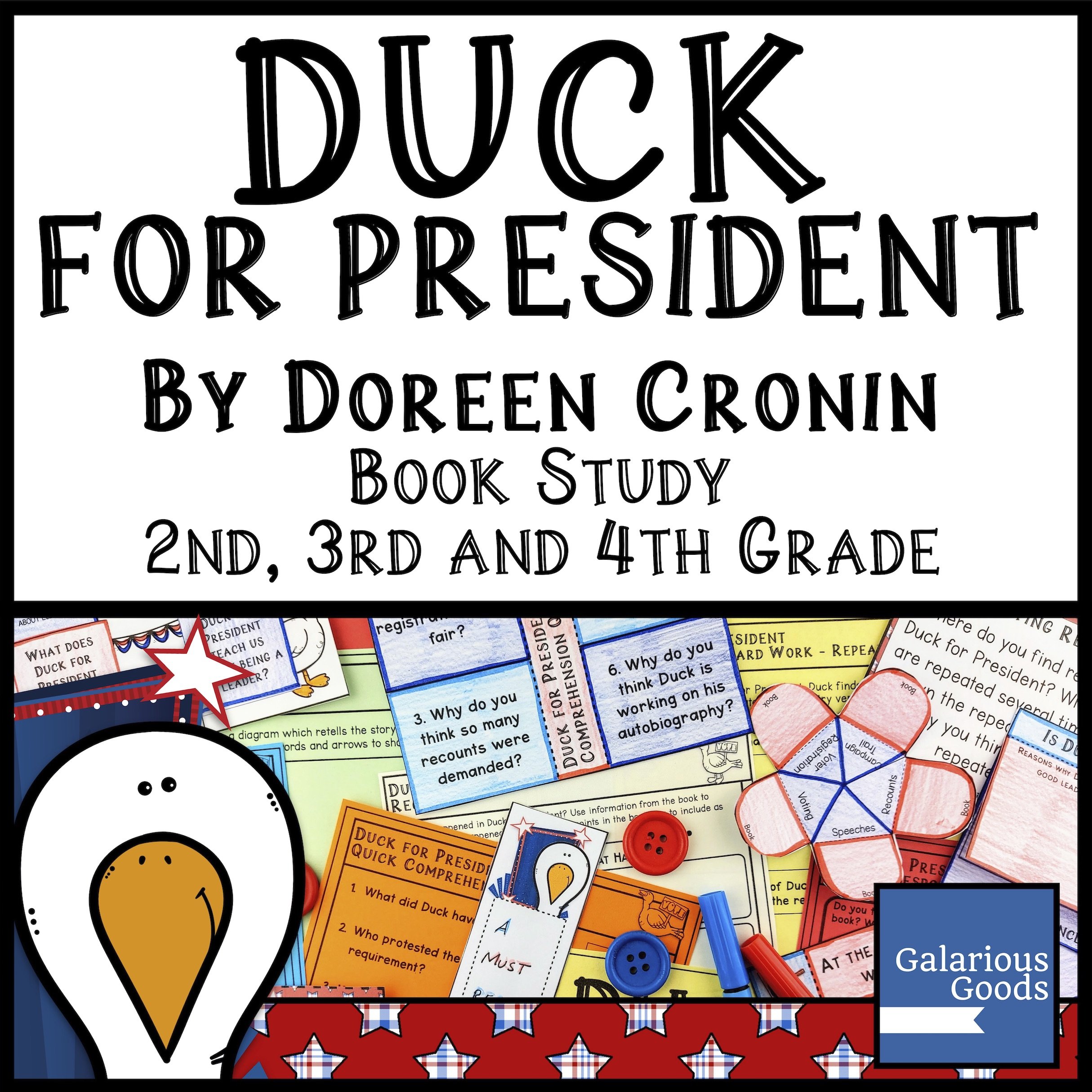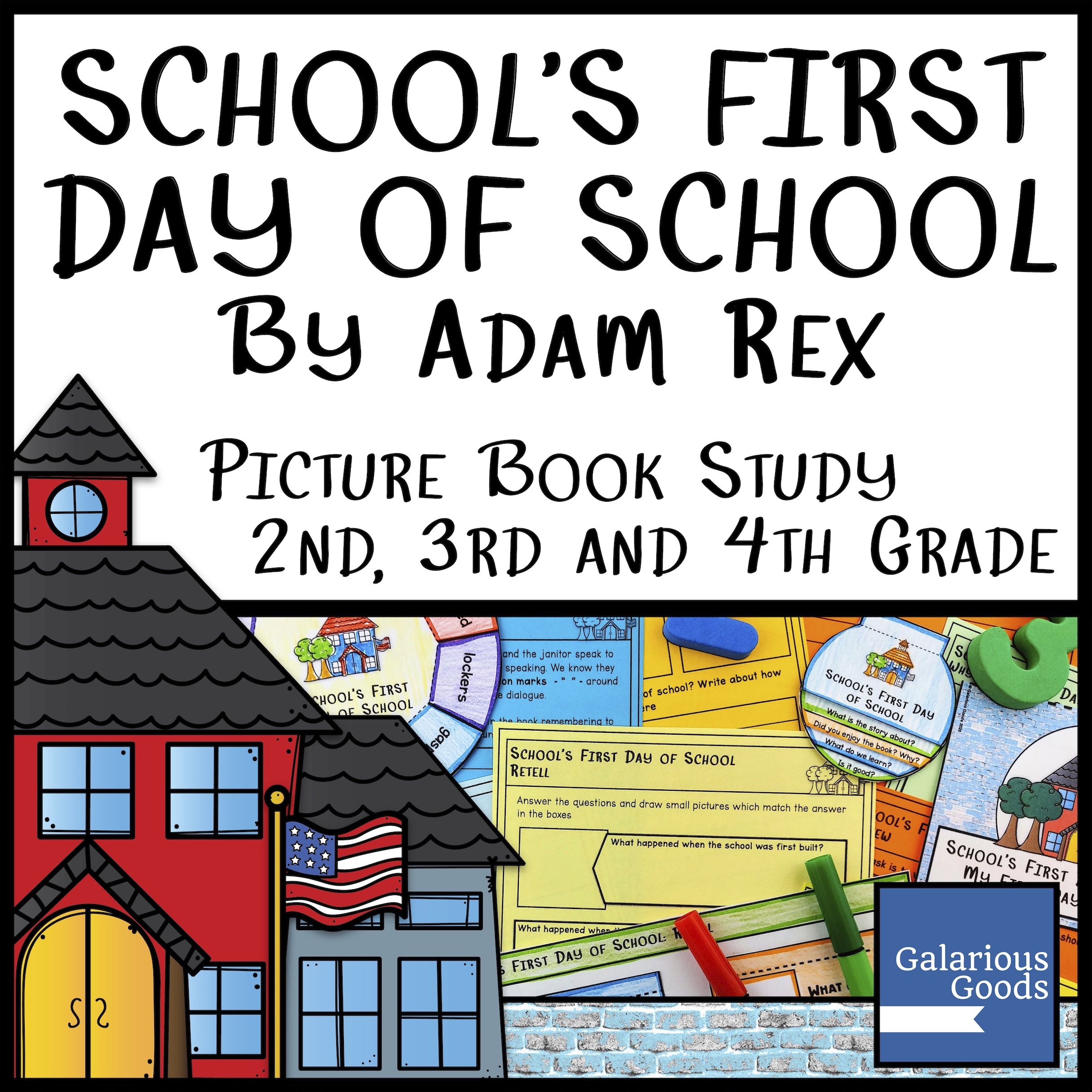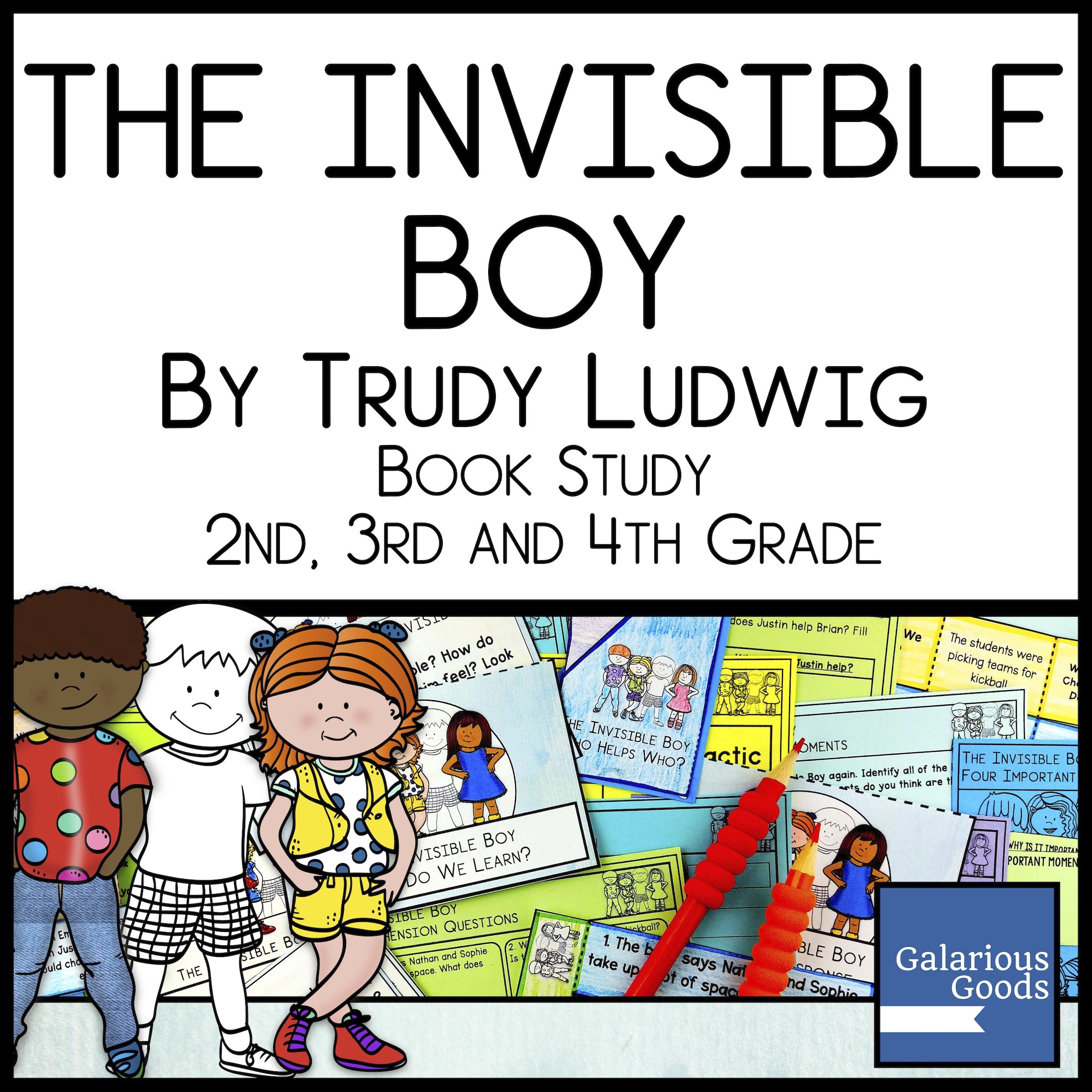Three Themes to Explore in The Adventures of Beekle
/The Adventures of Beekle by Dan Santat is a whimsical picture book about an imaginary creature who has to go looking for his friend. This is a sweet and lovely book to read aloud, while also offering opportunities to explore a range of themes in detail.
1. Friendship
Beekle is an imaginary friend who doesn’t have a real child friend. At the heart of his story is the quest to go out and find the friend who might be too busy to find him.
In the book we see a lot of elements of friendship which we can explore further with our students. We see the difficulty of finding friends and the different steps we might have to take to make friends. We also see how friendship grows and how it can include other people.
Activities to Explore:
Ask students to think about what friendship would look like if it was a creature. They can create drawings and write descriptions of this friendship creature
Is Beekle a good friend? Ask students to write a persuasive text answering this question
Ask students to reflect on how Beekle made friends with Alice and to brainstorm different ways they could make friends
2. Imagination
Beekle is from a land where imaginary friends are created and wait to be imagined by real children. He finds the real world to be a strange place, feeling more comfortable in places and situations which feed the imagination.
This element of imagination is fun for students to explore, especially when comparing The Adventures of Beekle with other books which contrast realistic and imaginary elements. Students can also reflect on the different ways imagination is portrayed in the book and the different ways they see or use imagination in their own lives.
Activities to Explore:
Ask students to create an imaginary friend of their own. They can think about the different elements which might make up an imaginary friend and use descriptive language to write about them
Ask students to plan and draw a piece of playground equipment which demonstrates imagination. As a group activity, students could work together to plan a whole imagination inspired playground
Is imagination important? Students can work in pairs or small groups to explore why imagination is or isn’t important
3. Exploration
When Beekle decides he can’t wait any longer, he makes the extraordinary decision to set out on his own to find his friend. This involves sailing through many dangers to the real world, then exploring the unfamiliar places and behaviours which made up the real world.
There are many ways you can consider exploration in the classroom, from comparing Beekle’s experience with those of famous explorers, through to examining why some situations might have been confronting for Beekle in the book. Students can also simply reflect on what exploration is.
Activities to Explore:
Ask students to draw a map showing Beekle’s exploration. Students may begin by investigating what elements a map has and ensuring that they add these to their work
Students create a profile of an explorer. As part of this profile students can think about what qualities an explorer has
Examine maps or get students to create a map of the local area around your school. Use these maps to write a ‘guide to exploring’ the local area. Think about what things people might see


